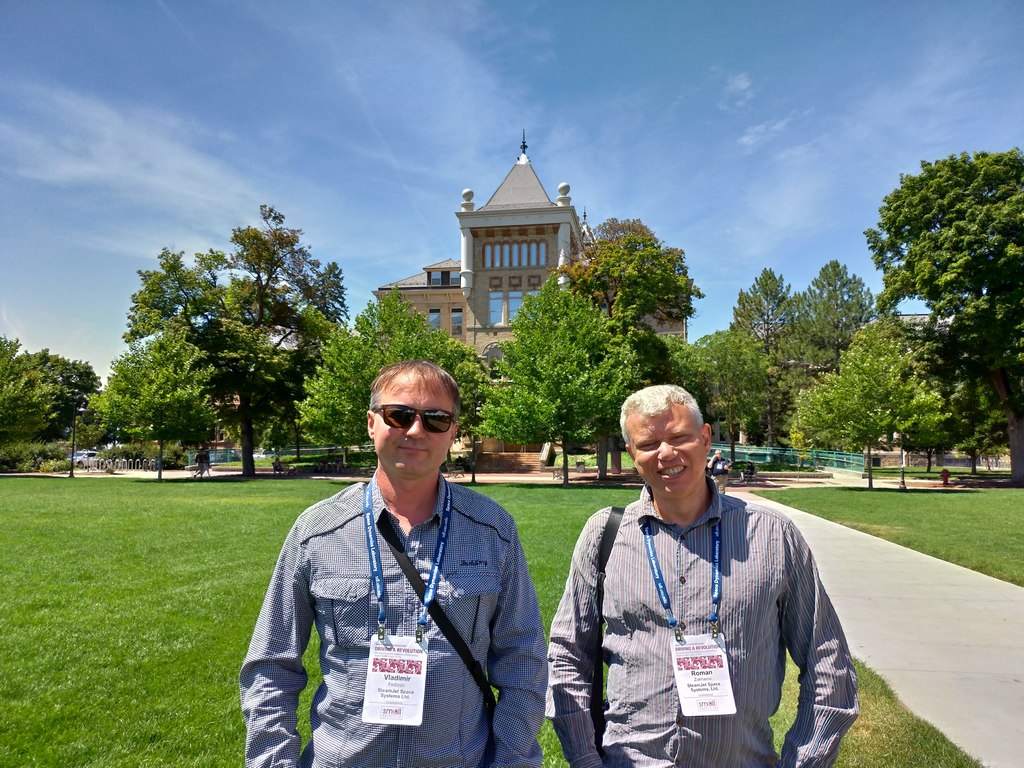SteamJet Space Systems is revolutionizing CubeSat propulsion by realizing the possibilities of steam-powered technology. Our UK-based company designs and manufactures thrusters for CubeSats and SmallSats, with low-pressure water as the primary propellant. This sustainable method provides unrivaled safety, efficiency, and dependability.
Improved Safety for Mission Operations
Compared to high-pressure cold gas systems, the SteamJet CubeSat propulsion system provides greater safety for launch site operations and storage on the International Space Station, significantly reducing mission risks.
Optimized Orbit Arrival
SteamJet thrusters, with their strong thrust and low power consumption, allow satellites to reach their final orbits faster than those using electric propulsion, increasing mission efficiency and pushing the limits of CubeSat propulsion capabilities.
Recent Innovations and Test Successes
We’re improving small satellite capabilities using compact, high-efficiency thrusters. An important innovation is the use of 3D printing, which allows for significant engine size reductions. One such engine, the TunaCan, is 80×80 mm and requires only an electrical connection for power and signaling.
In Q2 2023, three SteamJet Thruster One thrusters were launched into space. During testing, vital telemetry including data on temperature and tank pressure were collected and thoroughly examined. The first thrust test, conducted soon after launch, successfully shifted the satellite orbit. In September, additional tests were performed on the second and third thrusters to validate their efficiency and appropriateness for ongoing use.
SteamJet Space Systems is dedicated to defining the future of space exploration with sustainable and efficient solutions, as well as upgrading CubeSat propulsion technology. By constantly inventing and perfecting our steam-powered propulsion systems, we enable satellite operators to improve mission capabilities, decrease risks, and contribute to the responsible use of space.
More technical information regarding the thrusters is available on our website. This includes specifications, performance data, and recent test results. Steam TunaCan Thruster and Steam Thruster One. Discover how SteamJet innovations are shaping the future of sustainable satellite propulsion.









